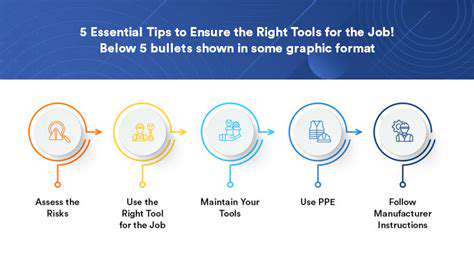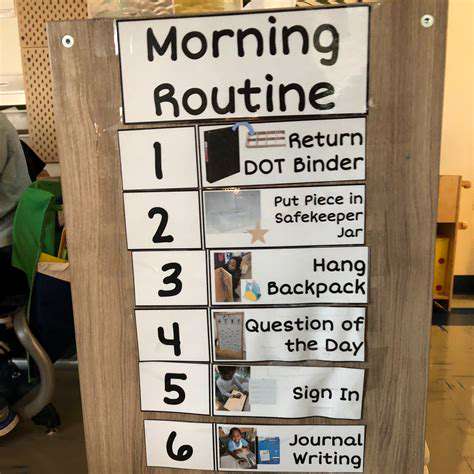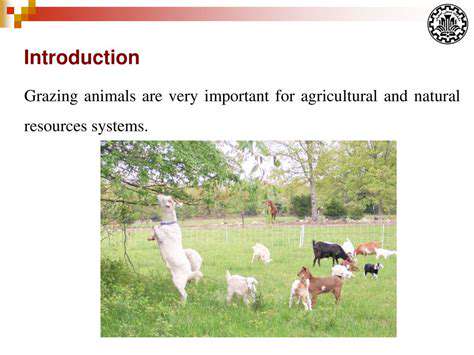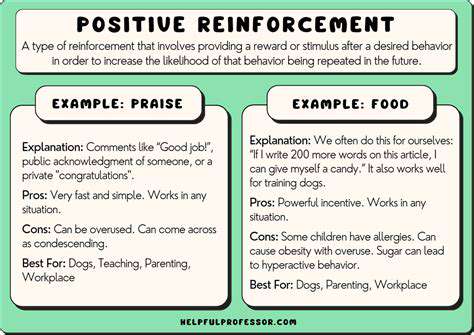How to Teach Your Cat to Fetch

Gradual Introduction and Building Momentum
Laying the Foundation
To successfully teach your cat to fetch, you need to establish a strong foundation of positive reinforcement and trust. This initial stage is crucial for building a positive association with the activity. Begin by simply associating the desired action with a treat, or a favorite toy. Start with short, positive interactions, keeping sessions brief and fun. Don't push the cat too hard; the goal is to create a positive experience that encourages further engagement. Patience is key during this phase, as cats learn at their own pace.
Consistency is paramount. Every time you present the toy or treat, use the same verbal cue (like fetch or get it). This consistency aids in the cat understanding the association between the action and the reward. Using the same tone and hand gestures can also be a helpful tool in this process. Gradually increase the duration of these sessions as the cat becomes more comfortable.
Encouraging Engagement and Motivation
Once your cat understands the basic concept, it's time to introduce more engaging elements to keep them motivated. Use toys that pique their interest – feather wands, laser pointers, or even small, enticing balls can be excellent choices. The key is to keep things exciting and unpredictable, which often keeps a cat's attention.
Employing games of chase and retrieve can greatly enhance the learning process. Make the fetching process a playful game, rather than a chore. This will help maintain the cat's interest, and make the experience more rewarding for them. Use high-value treats as rewards for successful attempts to fetch. This will help reinforce the desired behavior.
A crucial aspect of this stage is to avoid forcing the cat. If they show disinterest or reluctance, simply stop the session and try again later. Remember that cats are not inherently driven by the same motivations as dogs, so adapting your approach is key.
Refining the Technique and Building Skills
As your cat becomes more accustomed to the fetching concept, you can progressively introduce more complex elements to the game. Try using different types of toys, or even varying the location or environment of the fetch activity. This will help to keep the cat engaged and prevent them from getting bored.
Gradually increase the distance the cat needs to fetch an item, and make the game progressively more challenging to keep the cat engaged. Consider using different types of toys, varying in texture and size, to keep things interesting. This will help to enhance the cat's cognitive skills and keep them motivated.
If your cat is struggling with a particular type of toy or distance, try breaking down the task into smaller steps, rewarding each step along the way. Rewarding intermediate steps will help the cat to understand and complete the entire task. Remember to maintain positive reinforcement throughout the entire process, and celebrate every small victory.
Remember, patience, consistency, and positive reinforcement are crucial throughout each stage of the process. Celebrate small successes and adjust your strategy as needed to cater to your cat's individual preferences and learning style. Don't get discouraged if it takes time, and enjoy the process of bonding with your feline friend.
Remember, a cat's motivation often comes from play and interaction, not necessarily from obedience. By keeping the process fun and engaging, you'll be more likely to see success.
Read more about How to Teach Your Cat to Fetch
Hot Recommendations
- Review: [Specific Brand] Small Animal Cage
- Why Rescuing Pets Saves Lives
- Best Pet First Aid Kits [What to Include]
- How to Help Stray Animals in Your Community
- Guide to Adopting a Pet When You Have Kids
- Top Reptile Heat Lamps
- Heartwarming Rescue Stories That Will Inspire You
- Review: [Specific Brand] Bird Cage
- Best Aquarium Filters [2025 Review]
- Review: [Specific Brand] Smart Litter Box





![Top Harnesses for Dogs That Pull [Review]](/static/images/33/2025-06/Top-RatedHarnessesforEffectiveControl.jpg)



![My Pet's First Snow Experience [Story]](/static/images/33/2025-07/FromHesitationtoEnthusiasm.jpg)

